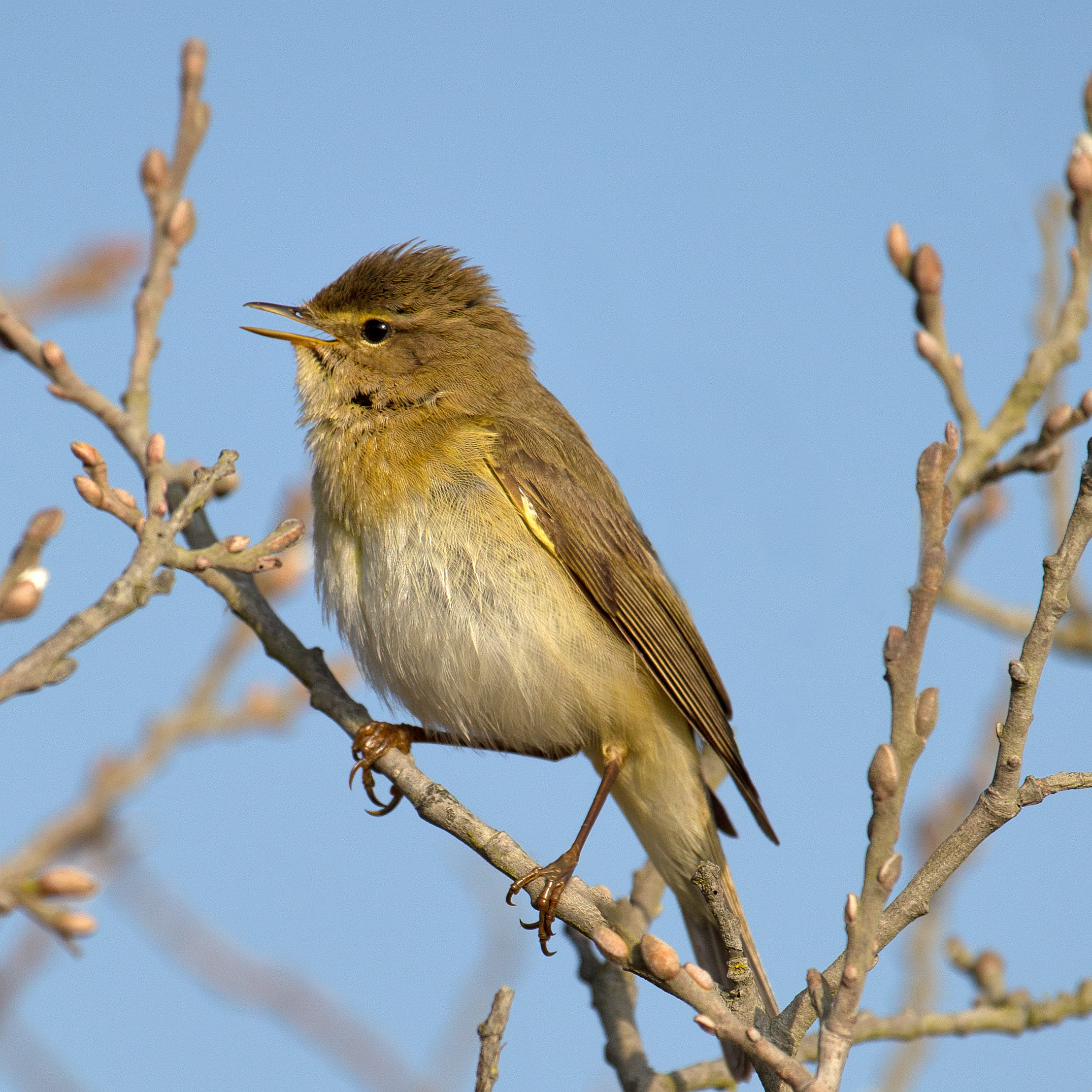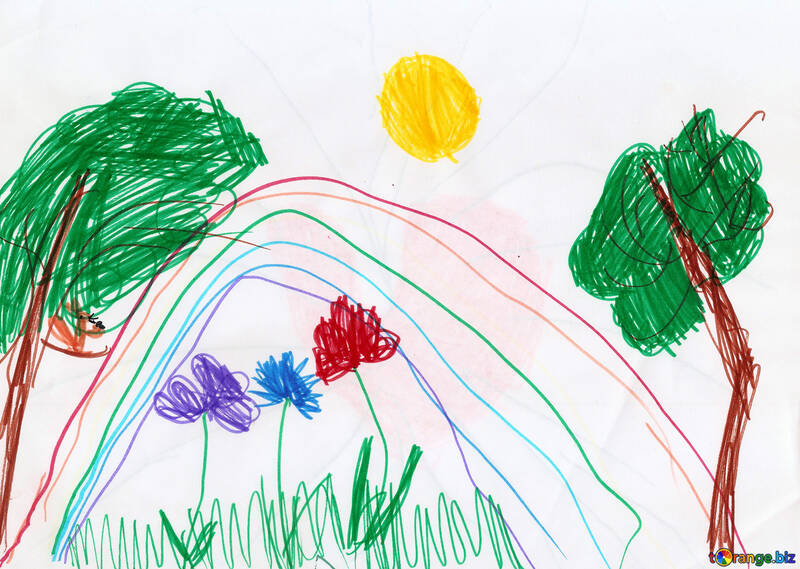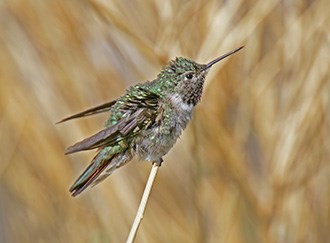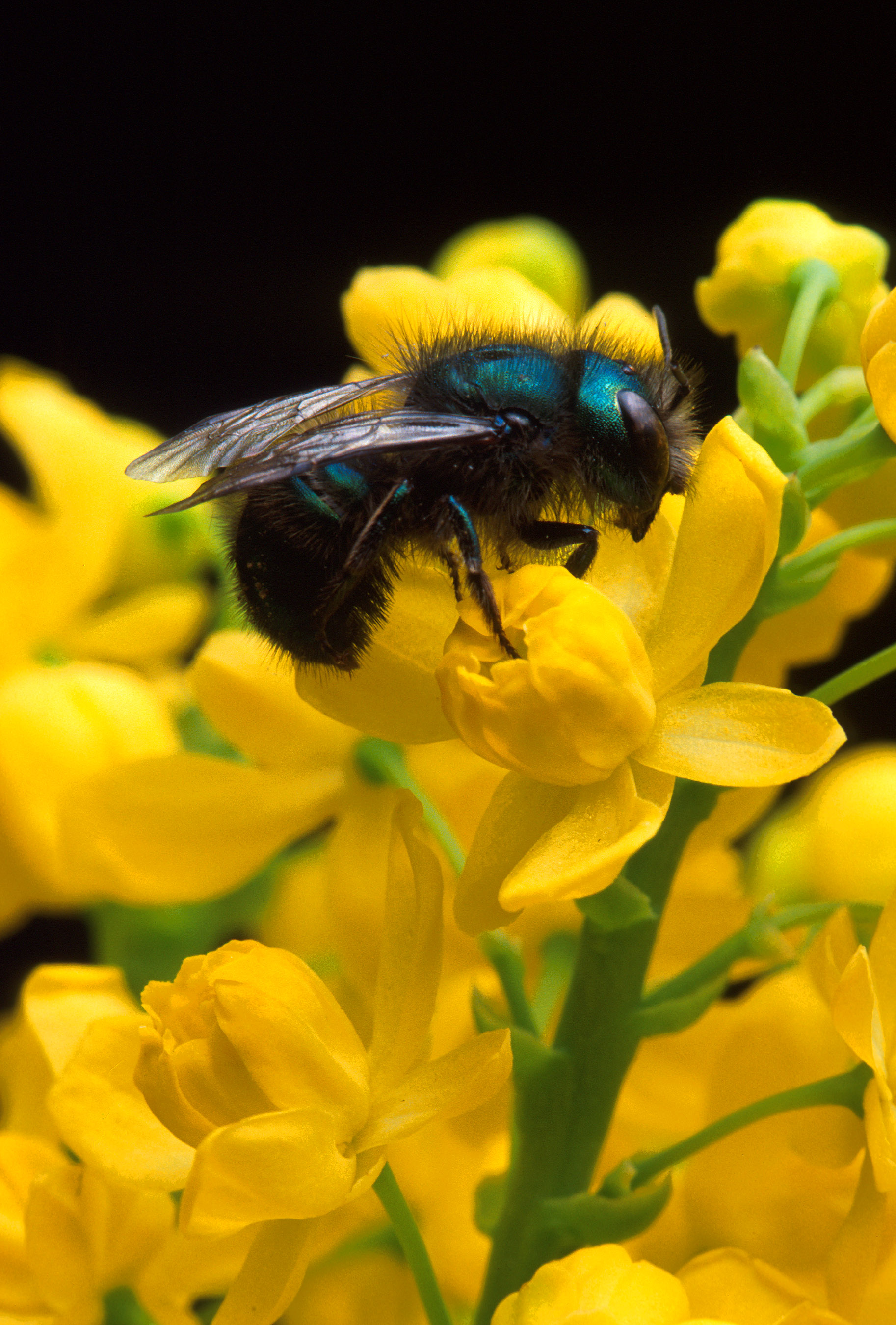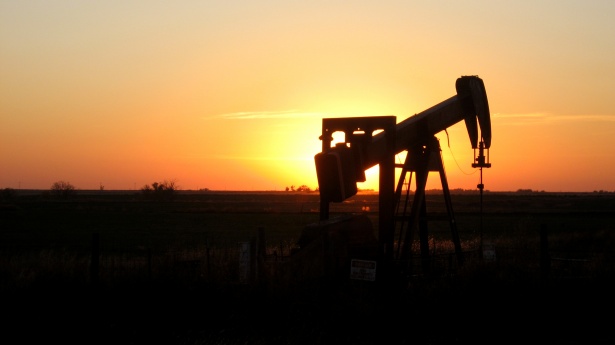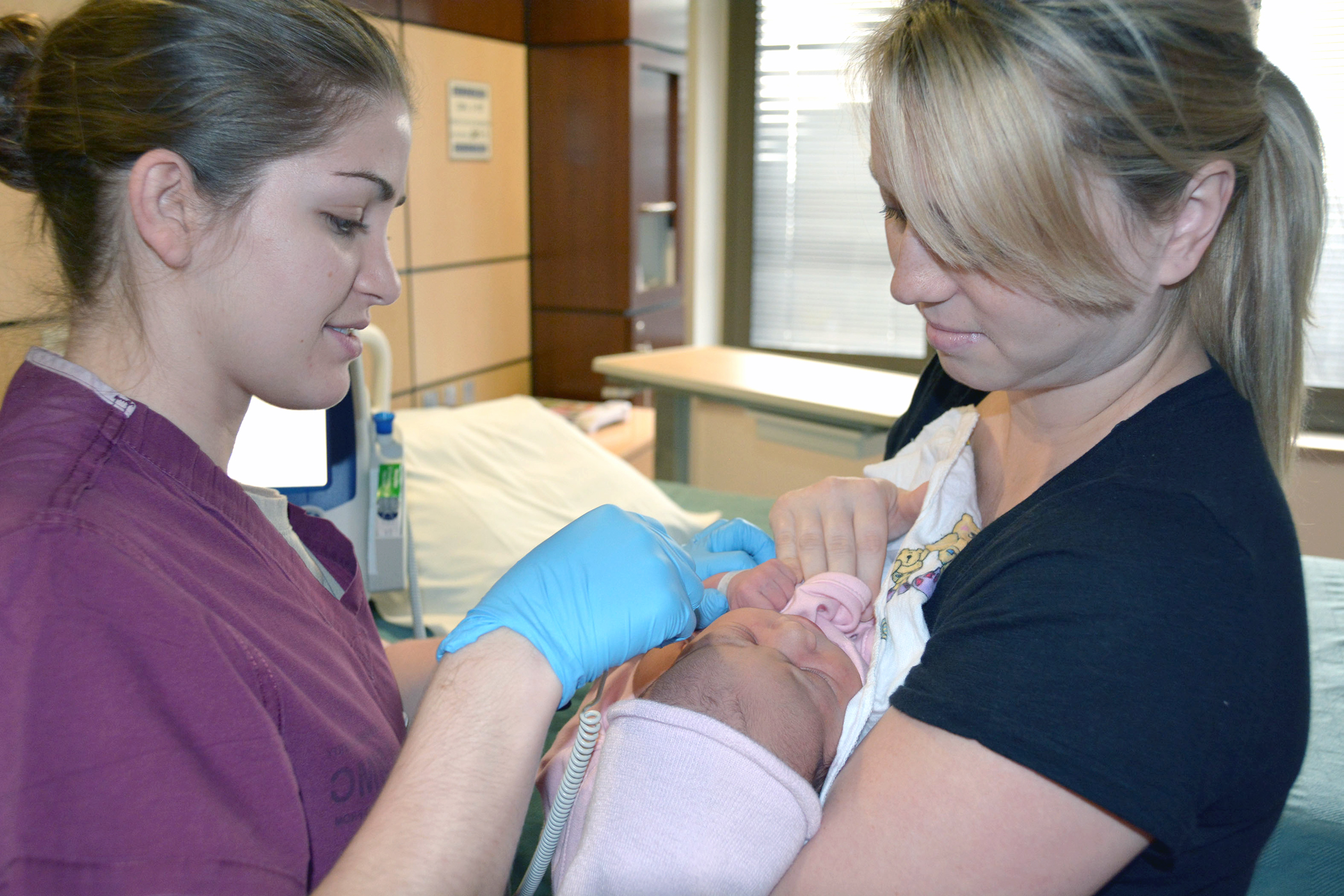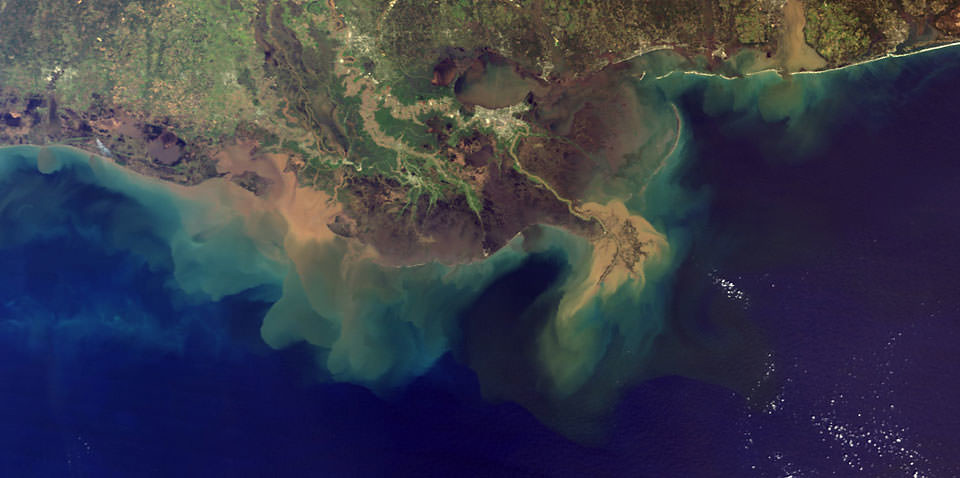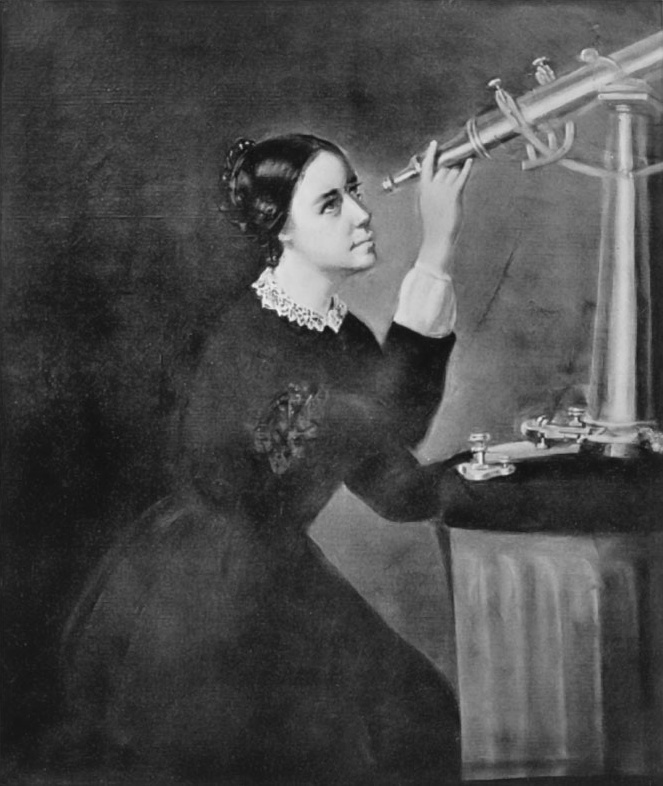Environmental & Science Education
STEM
Health
Medicine
Society
Edward Hessler
One of the standard phrases about the quality of U. S. health care is that it is the best in the world. I hear this most often from politicians. I hope and expect that it is yet sometimes evidence points in another direction.
According to a recent probing report, if you are a woman having a baby in this country, the U. S. is "the most dangerous place in the world to give birth." While the majority of childbirths are routine and without harm to patient or baby, "each year more than 50,000 (mothers) are severely injured and about 700 die in/following childbirth."
Alison Young's investigative report published in USA TODAY--"Hospitals know how to protect mothers. They just aren't doing it."--is, at first surprising to people like me who do not keep track of such things and a real jolt to the midsection.
The long report, easy to read, thanks both to the writing and the layout, is divided into five chapters,
1. Routine failures
2.'I was really scared'
3. Frustrations of the 50,000
4. Attacking the problem
5. Women want answers
It is disheartening (maddening is better) to read that well-known standard practices are not practiced everywhere. About them Young writes, "These are not complicated procedures requiring expensive technology. They are among basic tools that experts have recommended for years because they can save mothers' lives."
One of the leading basic killers is high blood pressure. The incidence of dangerous blood loss may surprise you as well as how easily it can be monitored.
The report includes videos, easy to read graphs and includes a map of the United States where you can check states for statistics on maternal harms and deaths. It includes a link for mothers who have experienced life and death situations--or felt that care was inadequate throughout pregnancy and/or during childbirth, to tell their story.
Worth a look.
Shortly after reading the USA Today report, NPR's Renee Montagne reported on a reversal of the trend of mothers dying in childbirth. Since 2006, California has reduced deaths by more than half. It was that year that the California Maternal Quality Care Collaborative was founded. One of the first things they did was form a maternal mortality review committee which collected data on "how every mother had died over the previous five years."
"In particular, the committee found two well-known complications offered the best chance for survival if treated properly: hemorrhage and the pregnancy induced high blood pressure called preeclampsia." Montagne reports on practices at the Pomona Valley Hospital Medical Center where more than 7,000 babies a year are born.

Dr. Maria Hellen Rodriquez is the medical director of the maternal-fetal medicine at the hospital. Rodriquez explains that "every woman is at risk for hemorrhage if they are going to deliver." This is a new thought in medicine. So teams practice with mannequins preparing for worst case scenarios, rehearsals, if you will. "'You need to make sure that you can work [it] into your muscle memory,' Rodriquez notes, 'so it happens every time you take care of a patient.'"
In addition, the hospital uses toolkits on wheels that contain everything needed to tackle an emergency complication, from checklists to equipment to medications. The equipment includes "an IV line, oxygen masks, a special speculum, and a Kakri balloon, which, when inserted into the uterus, puts pressure on blood vessels. And, for measuring blood that is lost: sponges and pads. Traditionally--and in many hospitals still-nurses and doctors estimate the amount of blood lost by sight." The pre-weighed pads are weighed once they have filled with blood.
An especially important lesson, is one "delivered over and over again, is that each team member--doctor or nurse--has the power to change the outcome."
Montagne notes a claim in the 1950 Journal of the American Medical Association: "The battle to stop women from dying in childbirth had finally been won." But that victory was temporary as the focus shifted from mother to infant. This was due largely to technology.
California is now paying attention to both mother and infant.
Montagne includes information on a serious pregnancy known as
placenta accreta. This "disorder used to be exceedingly rare in the U. S. In the 1950s, it appears in one in every 30,000 births. Today, placenta accreta appears in one in every 500 births. Its rise has coincided with the rise in c-sections, the rate of which is six time what it was fifty years ago. Today, one in three babies is born via c-section. a short case history on a mother who had had five c-sections"
The power of the collaborative is seen when one of the participating hospitals, small and rural, identifies the potential for hemorrhage in a pregnancy (c-section #6) and realizes that they are not equipped to manage it. The expectant mother was referred to a hospital well prepared to handle it and where she subsequently delivered a healthy baby boy and while she hemorrhaged, she lived. There is a lovely photograph of mother and baby.
Montagne's report is found
here.
very year, thousands of women suffer life-altering injuries or die during childbirth because hospitals and medical workers skip safety practices known to head off disaster, a USA TODAY investigation has found.
Doctors and nurses should be weighing bloody pads to track blood loss so they recognize the danger sooner. They should be giving medication within an hour of spotting dangerously high blood pressure to fend off strokes.
These are not complicated procedures requiring expensive technology. They are among basic tasks that experts have recommended for years because they can save mothers’ lives.
very year, thousands of women suffer life-altering injuries or die during childbirth because hospitals and medical workers skip safety practices known to head off disaster, a USA TODAY investigation has found.
Doctors and nurses should be weighing bloody pads to track blood loss so they recognize the danger sooner. They should be giving medication within an hour of spotting dangerously high blood pressure to fend off strokes.
These are not complicated procedures requiring expensive technology. They are among basic tasks that experts have recommended for years because they can save mothers’ lives.
very year, thousands of women suffer life-altering injuries or die during childbirth because hospitals and medical workers skip safety practices known to head off disaster, a USA TODAY investigation has found.
Doctors and nurses should be weighing bloody pads to track blood loss so they recognize the danger sooner. They should be giving medication within an hour of spotting dangerously high blood pressure to fend off strokes.
These are not complicated procedures requiring expensive technology. They are among basic tasks that experts have recommended for years because they can save mothers’ lives.


 CGEE Student Voice
CGEE Student Voice
